
Sayre Barn, November 14, 2014
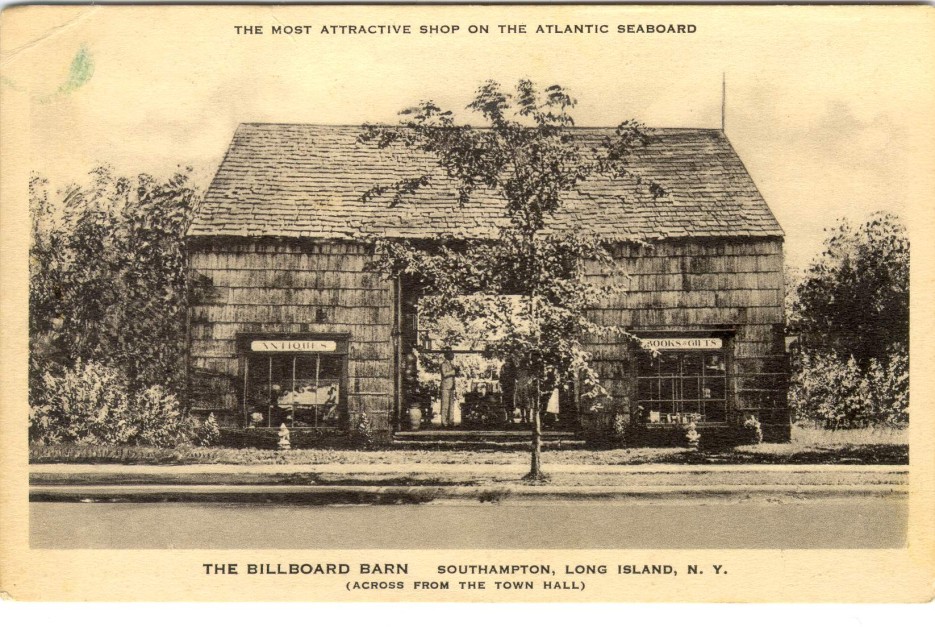
SAYRE BARN, 1825
Dismantling of the historic 1825 Sayre Barn began on April 22, 2013, by Strada Baxter Design who are following the Secretary of the Interior’s Standards for the Reconstruction of Historic Buildings.
The barn was built originally for the Huntting family who sold the farm to Isaac Sayre one year later in 1826. Its original location was at the crossroads of two ancient trade routes in the Village of Southampton: Main Street and Hampton Road. Main Street began as an ancient trade route linking the Atlantic Ocean to the Great Peconic Bay over 10,000 years ago. It was developed by Clovis People and was later used by the Shinnecock Tribe. In 1648 English pioneers established small farms along Main Street that existed until the early 20th century. Hampton Road, also known as Old Montauk Highway, was laid out in the 18th century as a trade and stagecoach route between Montauk Point and Jamaica Long Island. The Sayre Barn sat right at the edge of this busy intersection and soon became a popular place to post broadsides advertising trade store sales, wanted posters and notices for missing persons and escaped slaves. It quickly became known as the billboard barn. In 1920 the Southampton Press noted its remarkable appearance after being completely decorated in colorful circus posters.
In the 1920s it became an antique store and popular gathering place for locals and residents of the summer colony. Gary Cooper was a regular who used to buy a bag of crullers from a local bakery and share them with other customers in the store including Zsa Zsa Gabor.

After WWII Southampton experienced a rapid increase in the number of summer tourists and, like the rest of Long Island, year round residents. In 1954 the Dimon family owned the farm and decided to develop it into a row of brick retail stores. They donated the barn to the Southampton Historical Museum located several blocks away on Meeting House Lane. It was rolled down Main Street using manpower and rounded logs placed one in front of the other. The Museum placed the barn right on the sidewalk, just as it was at its former location, and opened it up as “The Old Country Store.”
In 2008 the barn began to show signs of extreme deterioration and was closed to the public as a hazard. A capital campaign soon began to raise funds for its reconstruction. This year the Museum finally met its goal; after many years of collecting donations from the Southampton community, awards from several Long Island foundations and a very generous bequest from the Glenna Jagger estate.
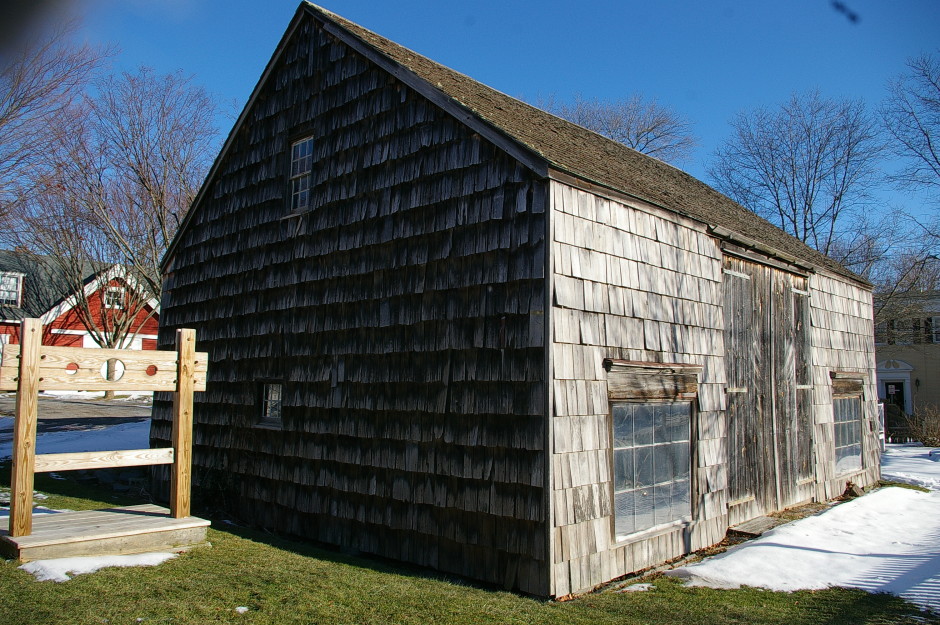
The barn is located at the Rogers Mansion Museum Complex, a property of the Southampton Historical Museum, at 17 Meeting House Lane in the Village of Southampton. This property recently received a unique designation from the National Register of Historic Places as one of only two historic museum complexes on Long Island.

—————————————
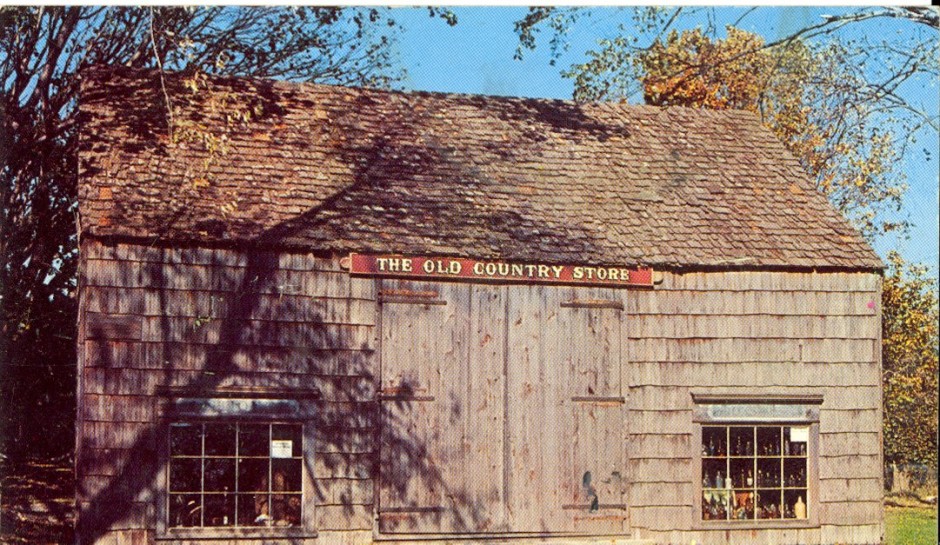
————————————–
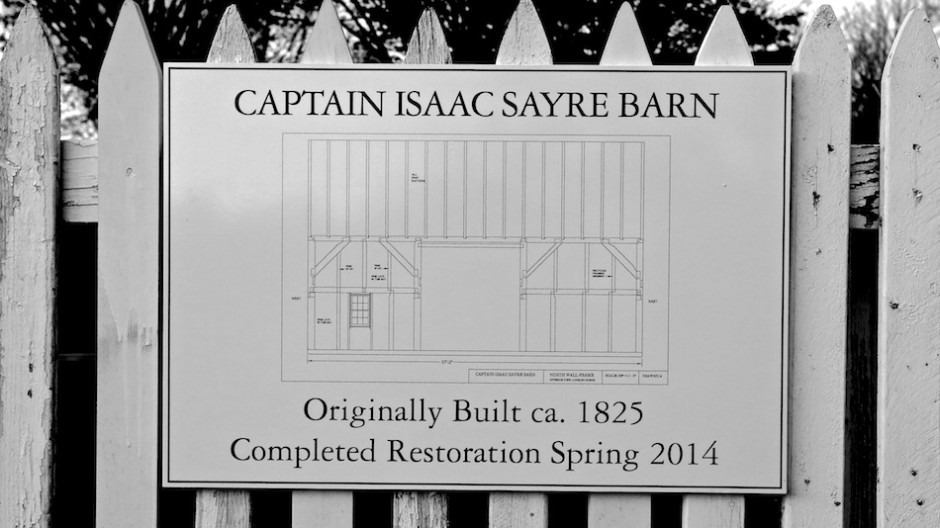
—————————————-
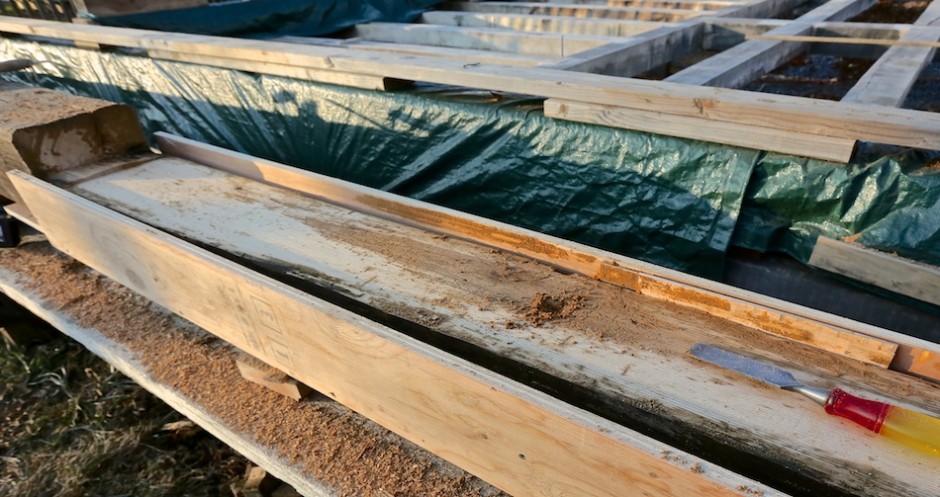
December 27, 2013

October 15, 2013

October 15, 2013

October 15, 2013
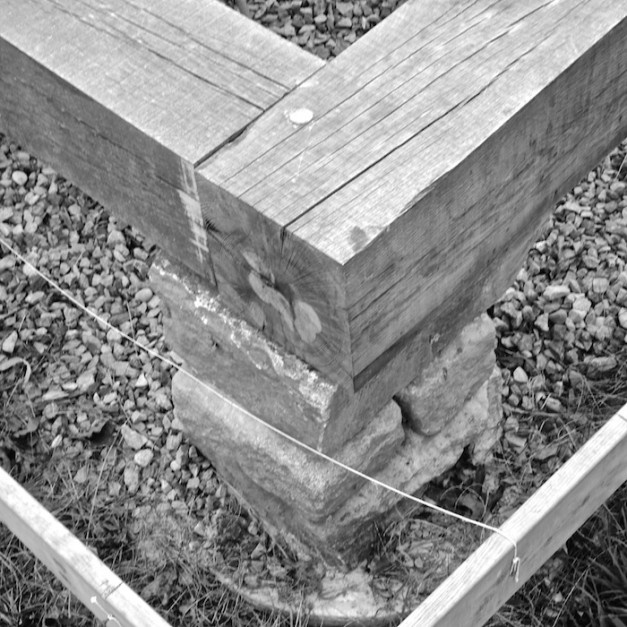
October 15, 2013

October 15, 2013
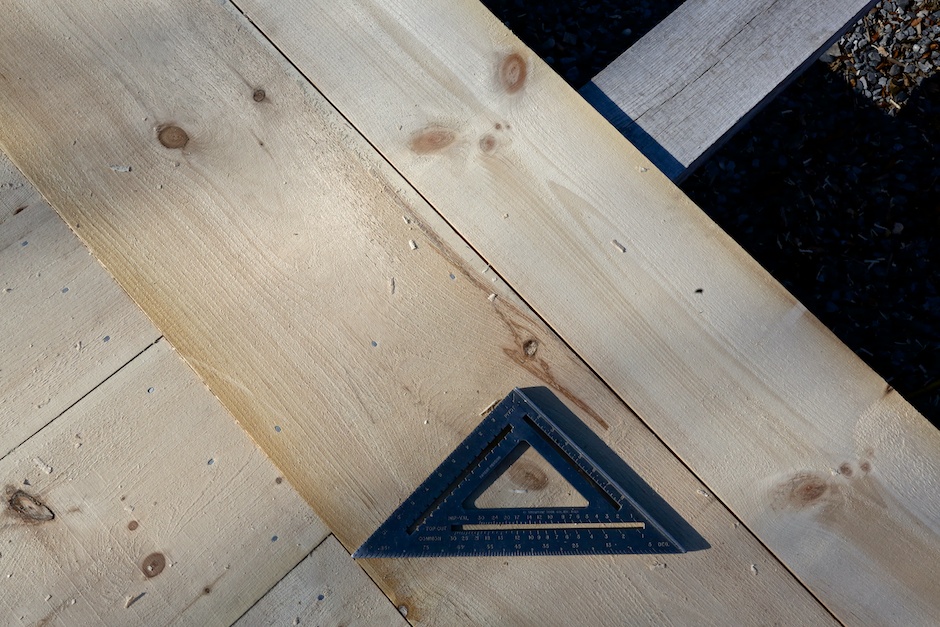
White Pine Floor Boards, 5/4″ Thick. March 18, 2014.
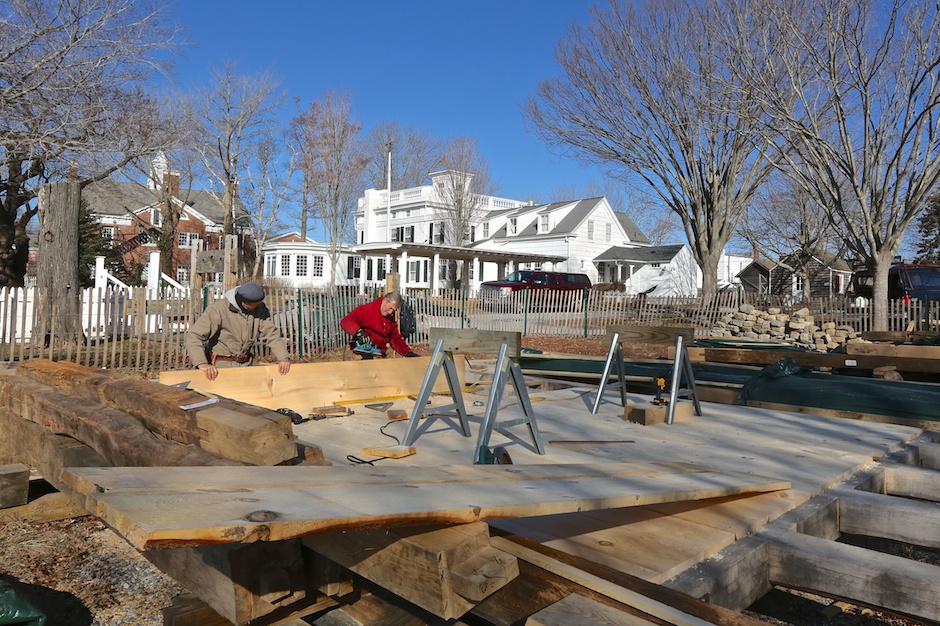
Carpenters Dan Elitharp and Alan Gepart Install White Pine Floor Boards. March 18, 2014.

March 21, 2014
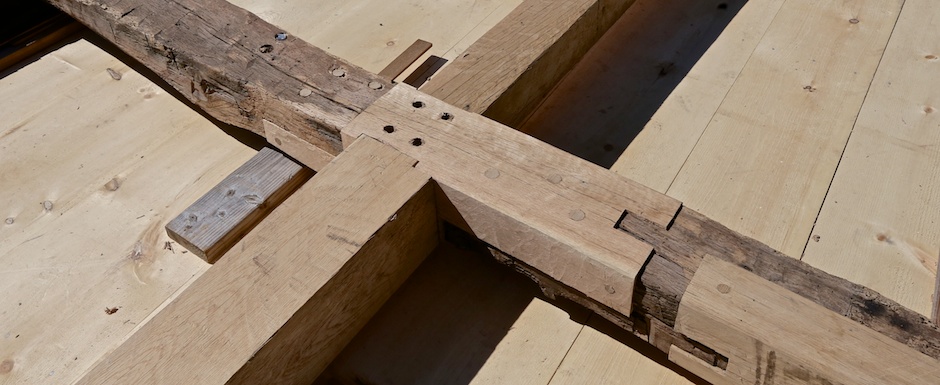
Original Chestnut Wood Joined to White Oak. March 21, 2014
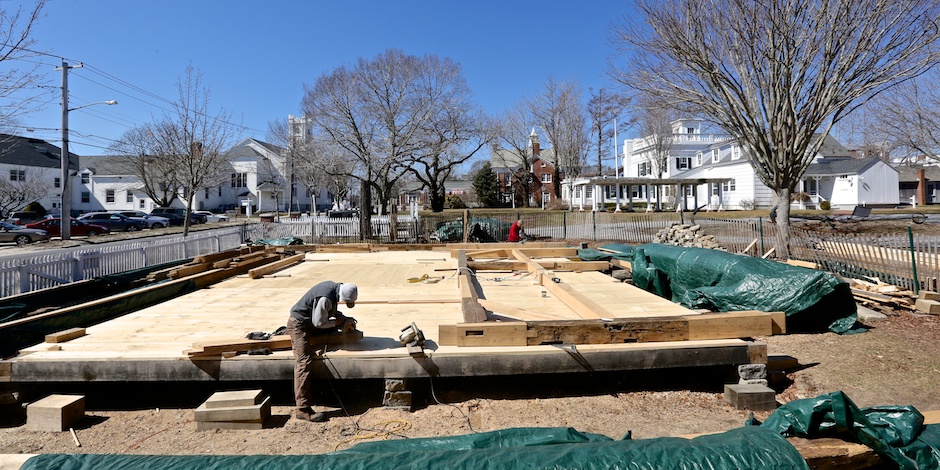
March 21, 2014
______________________
APRIL 2, 2014

April 2, 2014

April 2, 2014
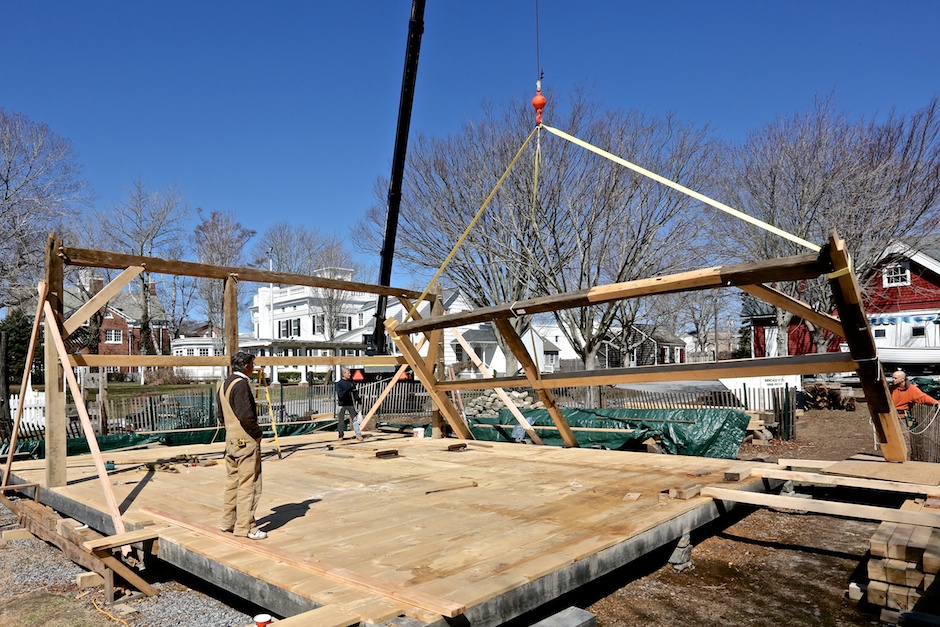
April 2, 2014

April 2, 2014
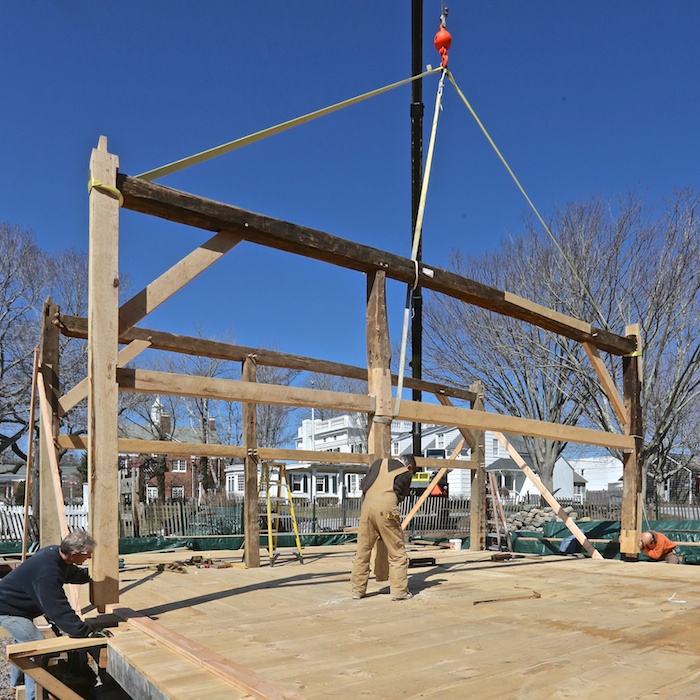
April 2, 2014
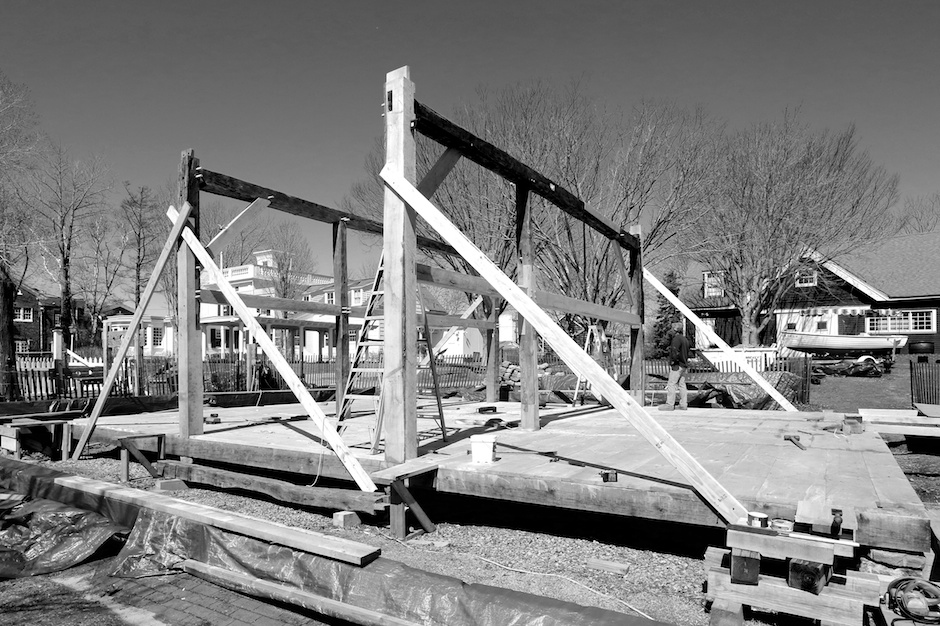
April 2, 2014
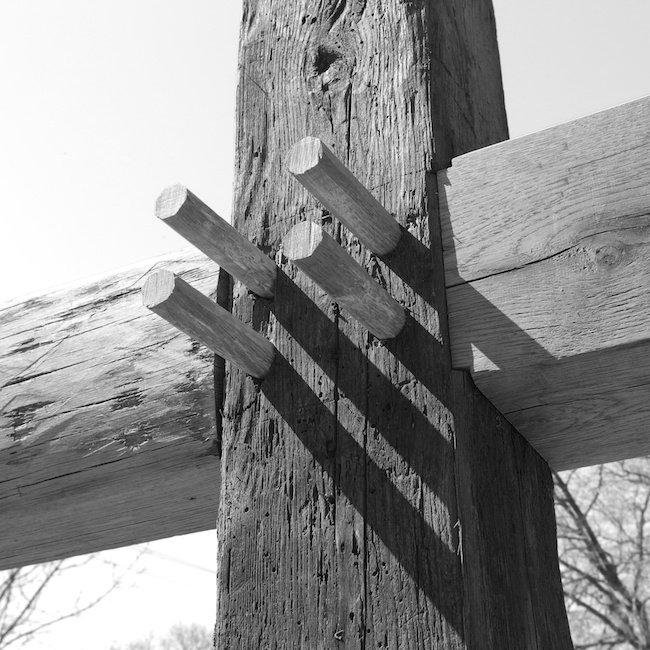
April 2, 2014
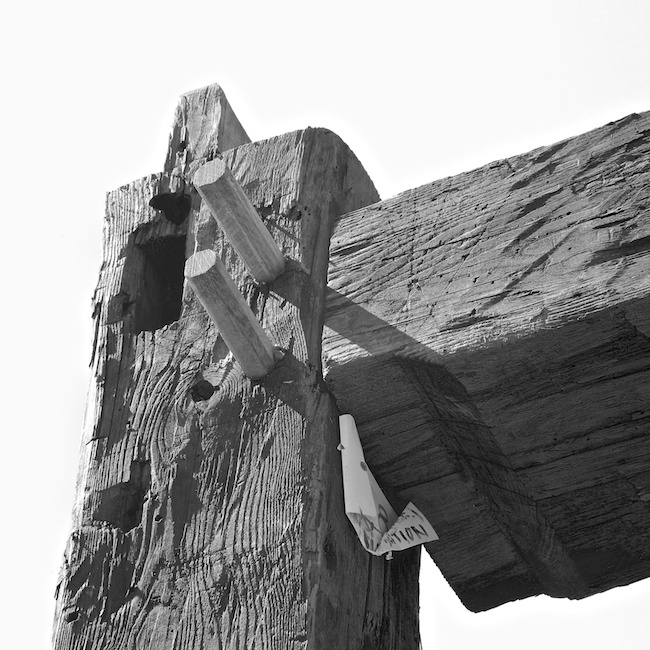
April 2, 2014

April 2, 2014

April 2, 2014

April 2, 2014

April 2, 2014

May 20, 2014

May 20, 2014
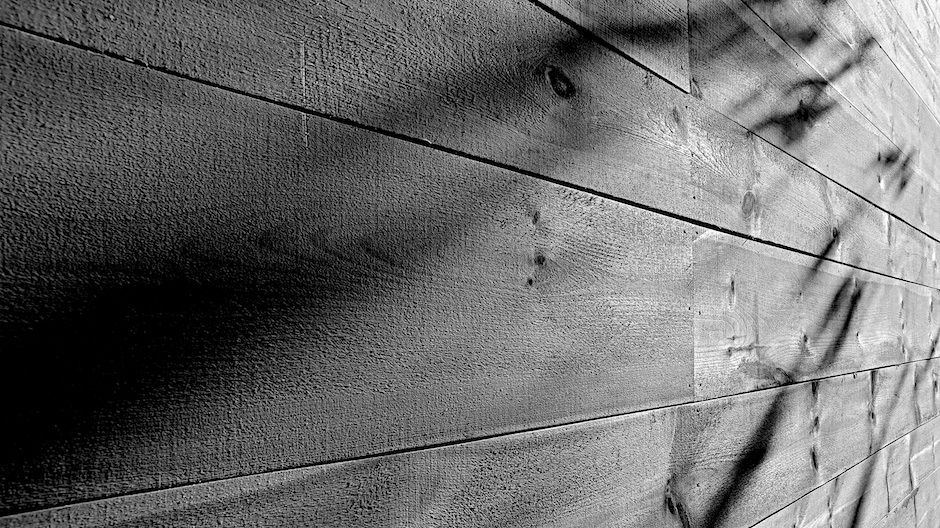
May 20, 2014
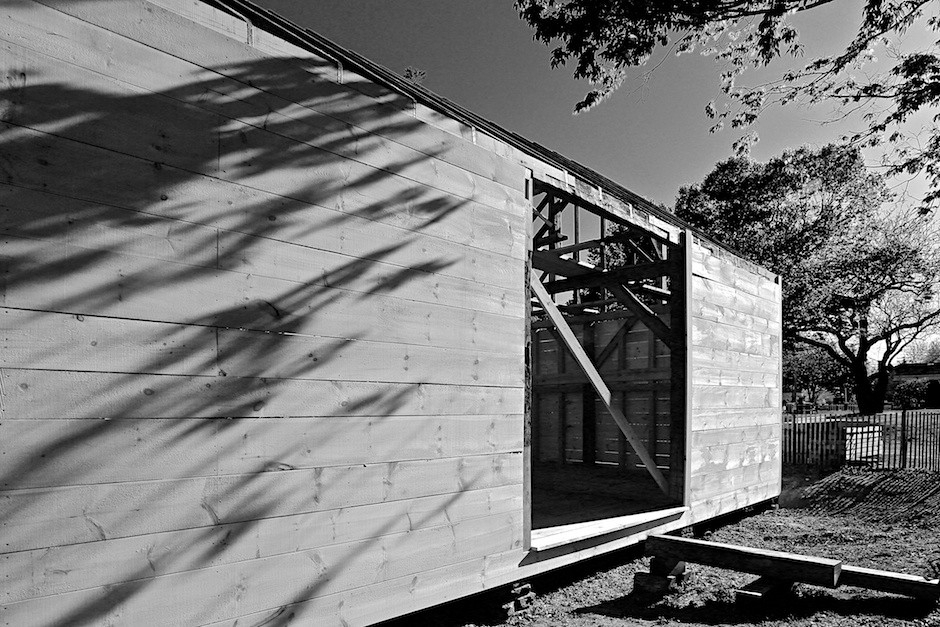
May 20, 2014


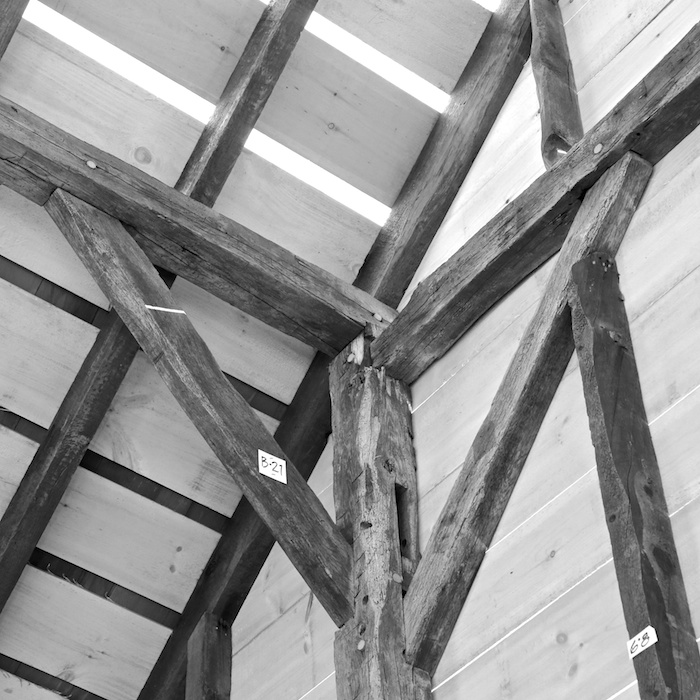
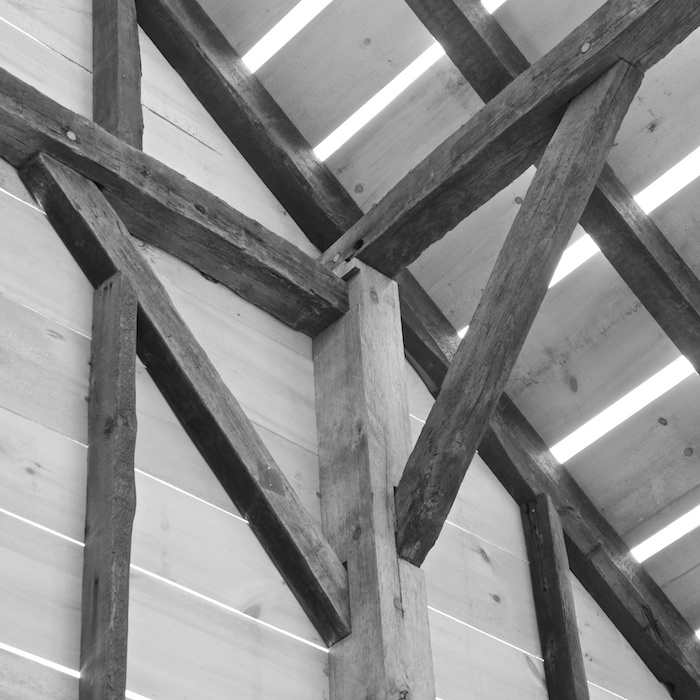

June 2, 2014
——————————————————————-
SOUTHAMPTON HISTORICAL MUSEUM
——————————————-
Visit AAQ Portfolio / Preservation — Southampton Walking Tour
———————————————
Contractor: Strada/Baxter Design/Build, LLC
__________________________________________________________________
